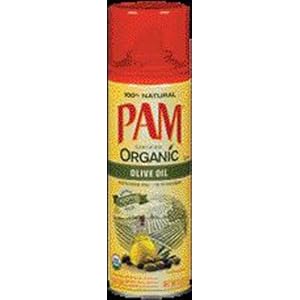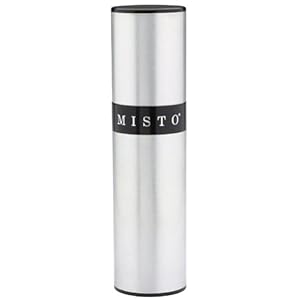The additive soy lecithin is everywhere in our processed food supply, but what is it really and why is it used?
When food sensitivity testing showed my son was highly sensitive to soy lecithin, I started looking for it on labels. And I found it everywhere: in creamers, infant formula, almost every chocolate candy or bar, peanut butter, margarine, spray oils… Soy lecithin is a darling of the food industry because it is an emulsifier that helps keep creamy things from separating.

And its cheap because it’s the byproduct of a stinky sludge left over from making soybean oil. Yep, this is a similar story to that of the corn industry who hired scientists to find more uses for products based in corn, which is how we came to have such ubiquitous — and cheap — products in our processed foods such as high fructose corn syrup.
Decades earlier, by 1939, scientists hired by the soybean refining industry had cooked up more than 1,000 new uses for soybean oil byproducts. Nowadays, soy lecithin’s slipperyness makes it a useful ingredient in compounds like rocket fuel and fracking liquid. It’s also one of the top ten commonly used additives in processed foods.
Although the soy protein should have been altered by processing so as not to be allergenic, some people with soy allergies may still react to lecithin. Others, like my son, are non-reactive to actual soy products (he can easily eat a bowl of Edamame without a problem) but react strongly to soy lecithin.

If you’ve read my cookbook, Glorious One-Pot Meals, you know that I was an avid user of spray oils to coat the inside of the pots used with my recipes. Now I can see that even the small amount of a spray oil containing soy lecithin, like PAM, used to grease a baking sheet for making cookies, is enough to trigger an inflammatory reaction for my son.
Do not fall for any bogus health claims pertaining to soy lecithin by keeping in mind that it is a chemically-manufactured substance derived from the waste from other processes. Our bodies have not evolved to be deficient in soy lecithin: you do not need to supplement with it to achieve a healthy state.
Now when I’m looking for a non-stick effect, I might use a refillable Misto spray bottle, or simply wipe an oil directly on the inside of the pot, rather than use a commercial spray oil canister containing soy lecithin.
If you are suffering from migraines, mood swings, ADHD, or even arthritis, you might be reacting to the soy lecithin in your foods. You can try simply eliminating soy lecithin from your diet to see if it helps relieve your symptoms. Of course, the only way to know for sure what foods or additives cause inflammation in your own body is to take a food sensitivity test like the MRT.

